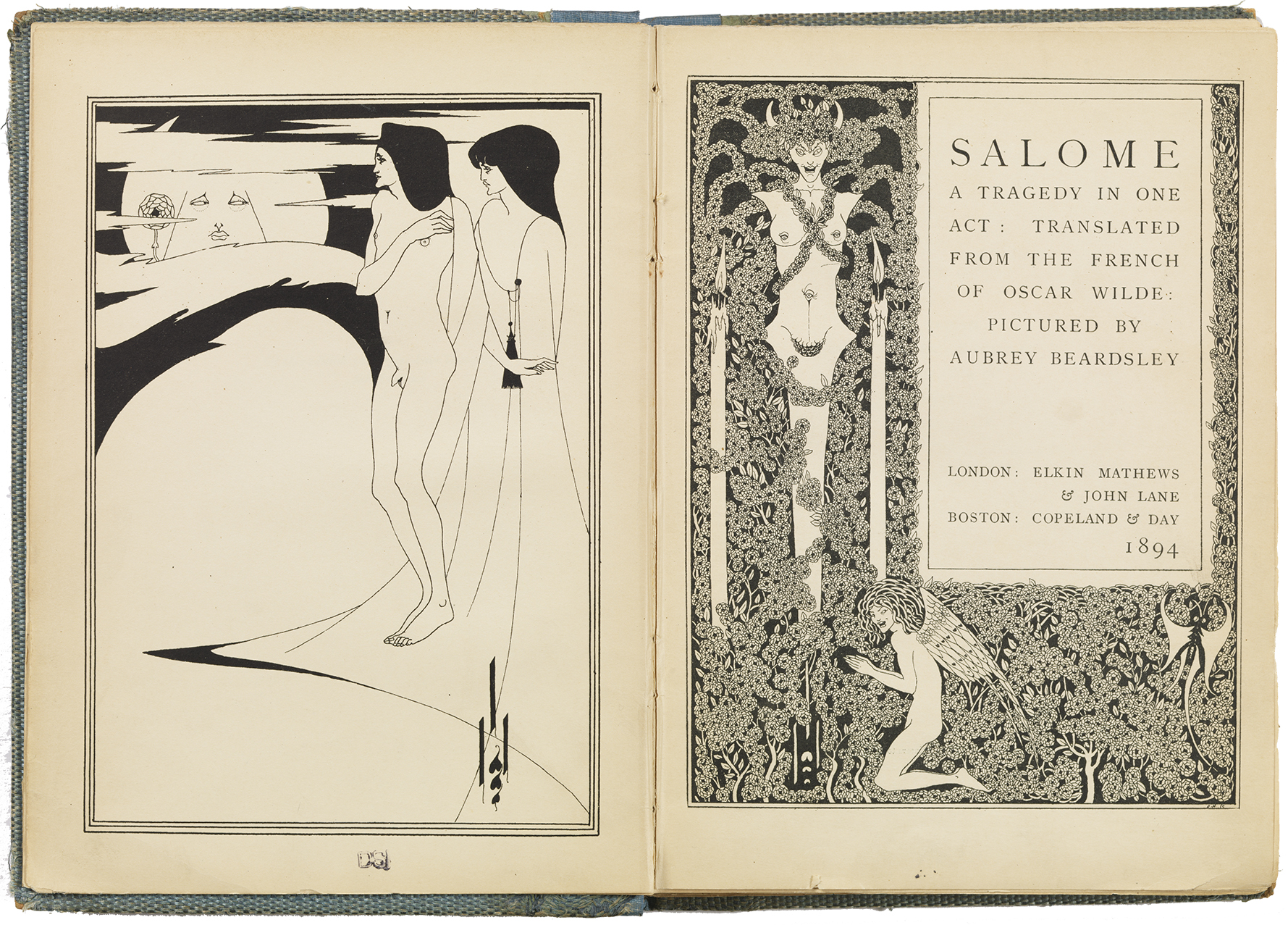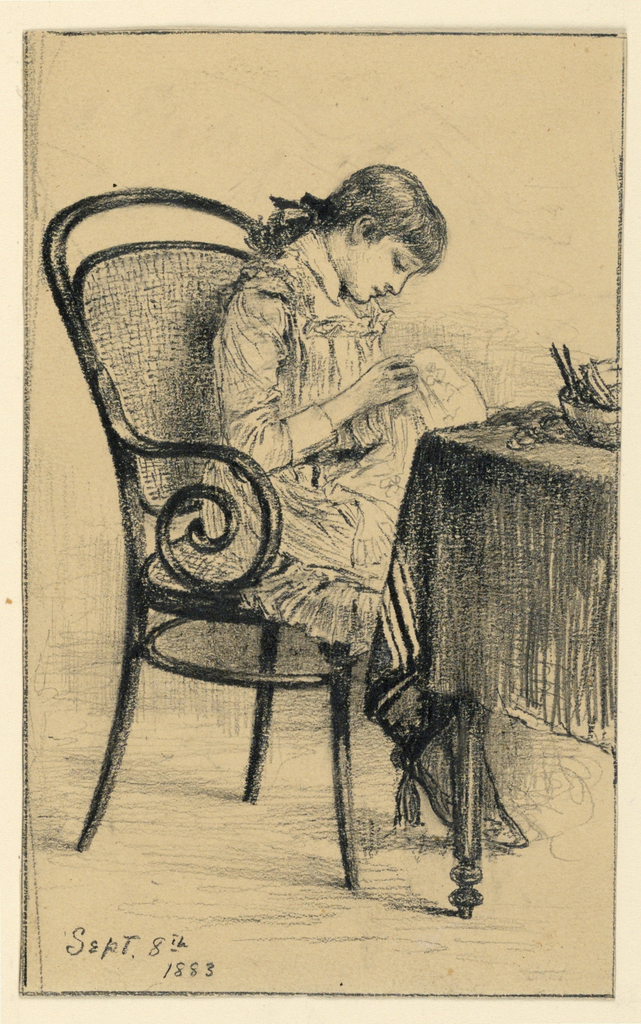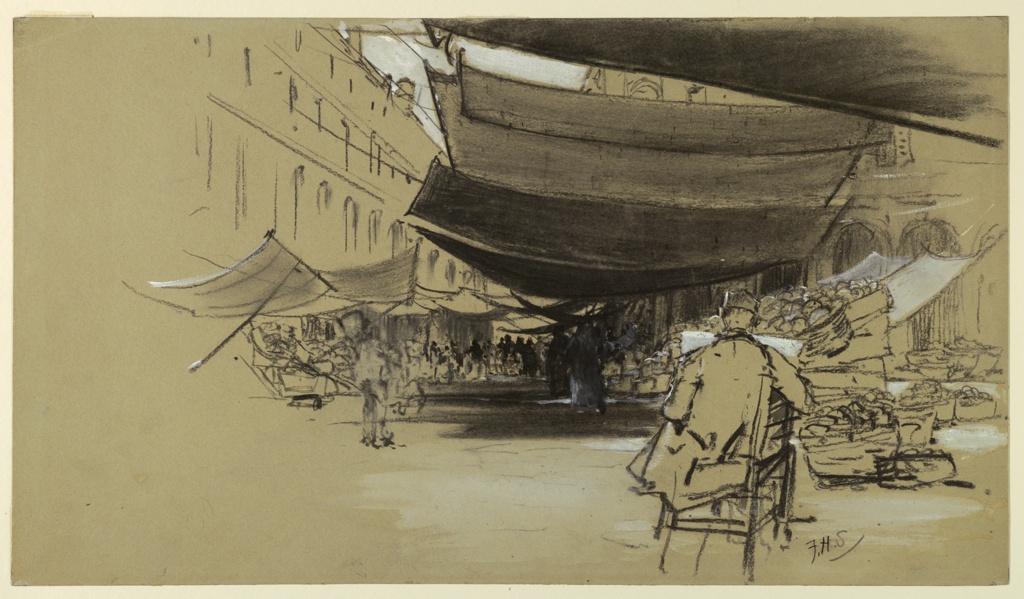When Salome requests a severed head on a platter, be careful what you wish for. Or write. Or draw. In 1894, Oscar Wilde and Aubrey Beardsley—both considered enfants terribles of Victorian England for their provocative work and lifestyles—produced a printed edition of Wilde’s play Salome. Wilde’s psychological centralization on the character of Salome and Beardsley’s...
From the Blog
Author: Ava Hathaway Hacker By the end of her artistic career, Mary Hallock Foote was one of the most recognized illustrators of life in the American West. Often focusing on images of women and children, her illustrations provided a vision of the West not simply as a rugged frontier but as a place where families...
Writer and illustrator Francis Hopkinson Smith did not publish his first work until he was almost 50 years old. Trained as an engineer, he spent the first part of his career in construction and is credited with designing the foundation for the Statue of Liberty. He made charcoal drawings and watercolors throughout his life and...


